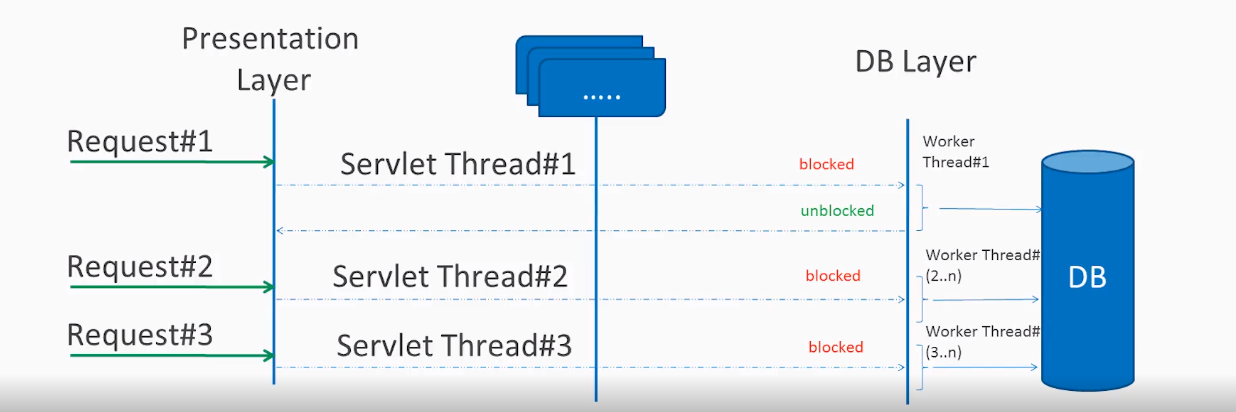HTTP defines forty standard status codes that can be used to
convey the results of a client’s request. The status codes are divided into the
five categories presented below.
CATEGORY DESCRIPTION
1xx: Informational Communicates
transfer protocol-level information.
2xx: Success Indicates
that the client’s request was accepted successfully.
3xx: Redirection Indicates
that the client must take some additional action in order to complete their
request.
4xx: Client Error This
category of error status codes points the finger at clients.
5xx: Server Error The
server takes responsibility for these error status codes.
|
200
|
OK
|
|
201
|
Created
|
|
204
|
No content
|
|
301
|
Moved Permanently
|
|
302
|
Found
|
|
303
|
See Other
|
|
304
|
Not Modified
|
|
307
|
Temporary redirect
|
|
400
|
Bad Request
|
|
401
|
Unauthorized
|
|
403
|
Forbidden
|
|
404
|
Not Found
|
|
405
|
Method not allowed
|
|
406
|
Not acceptable
|
|
412
|
Precondition Failed
|
|
415
|
Unsupported Media Type
|
|
500
|
Internal Server Error
|
|
501
|
Not Implemented
|
|
503
|
Service Unavailable
|
|
504
|
Gateway timeout
|

